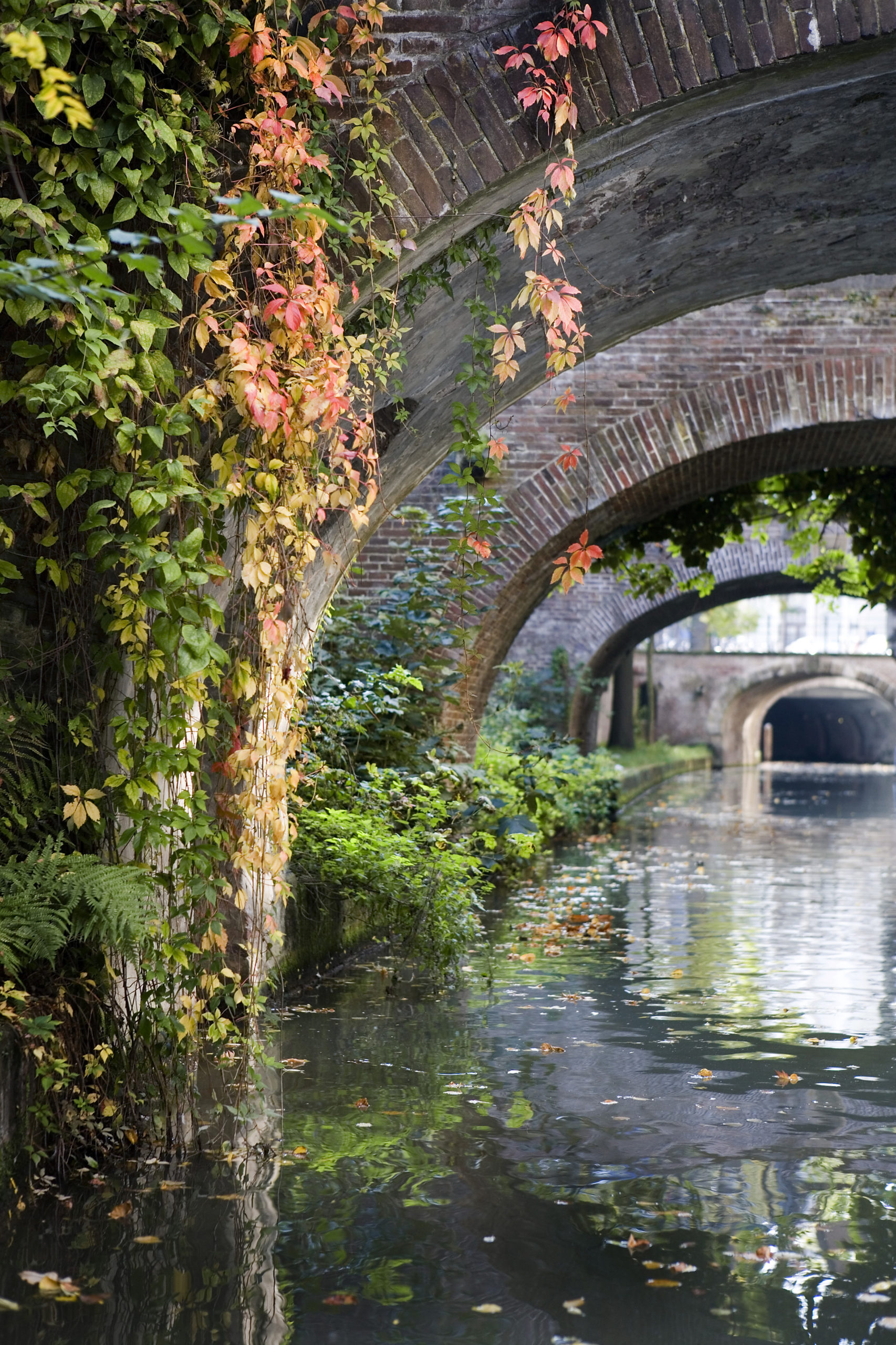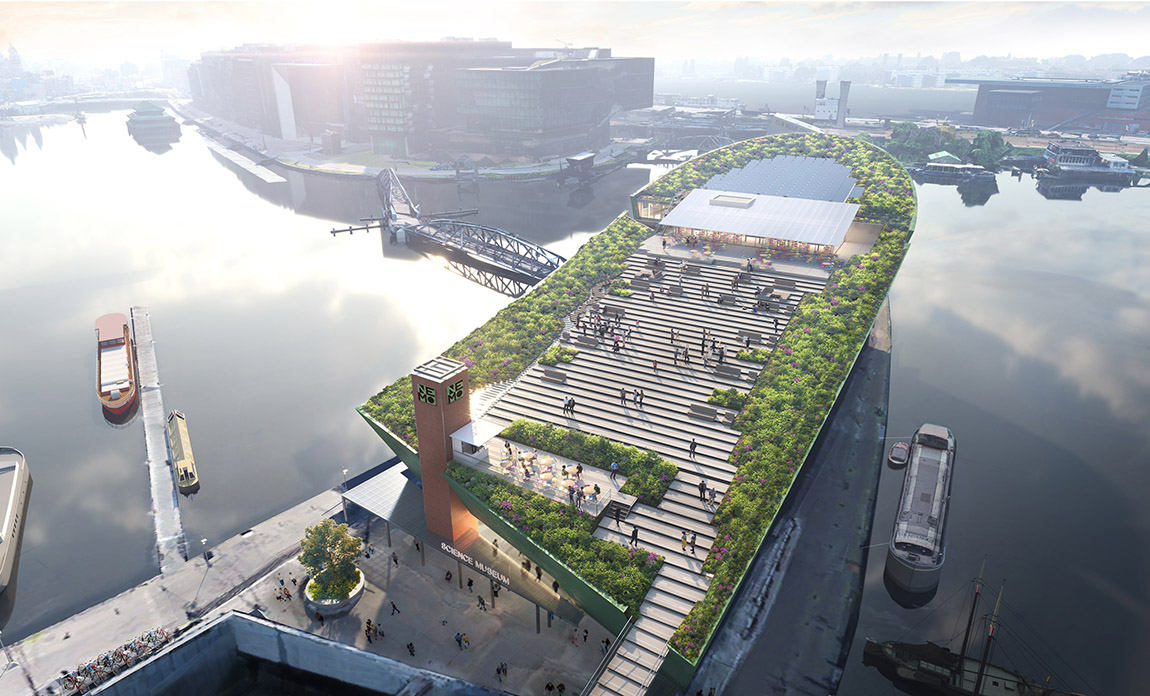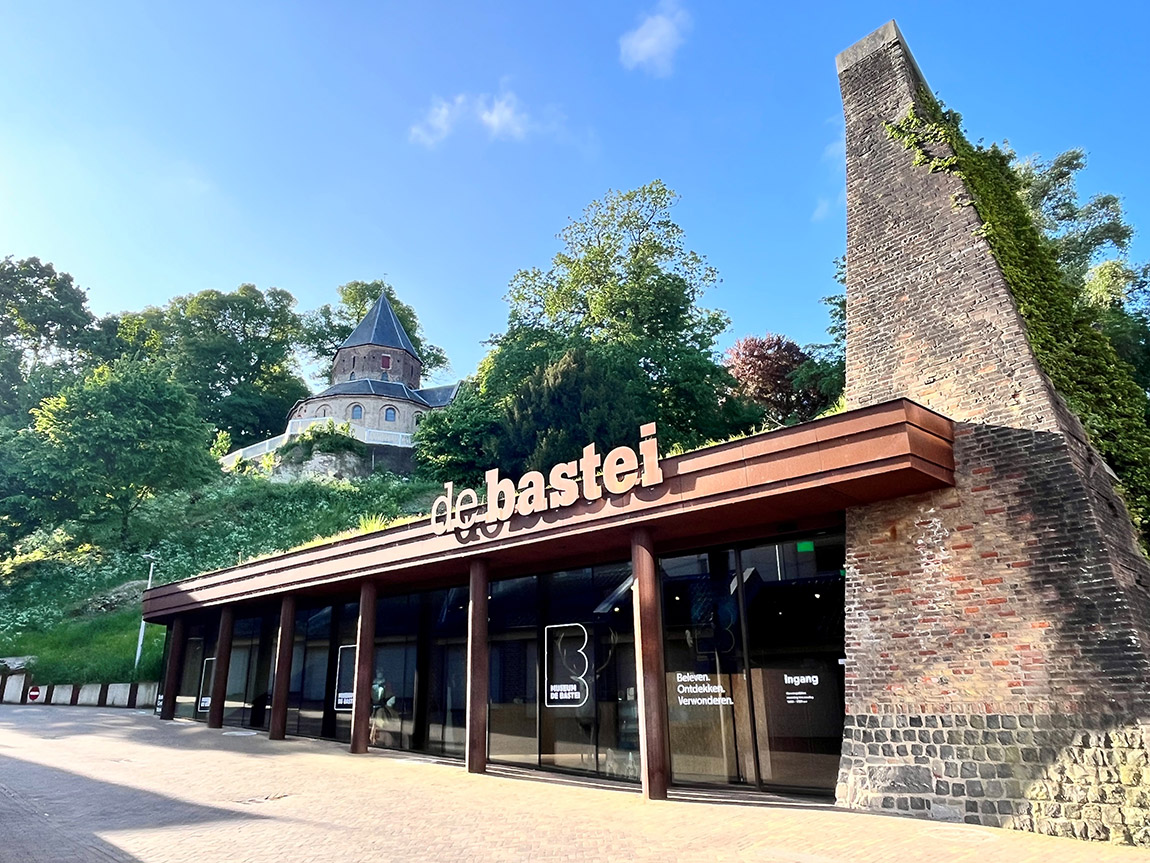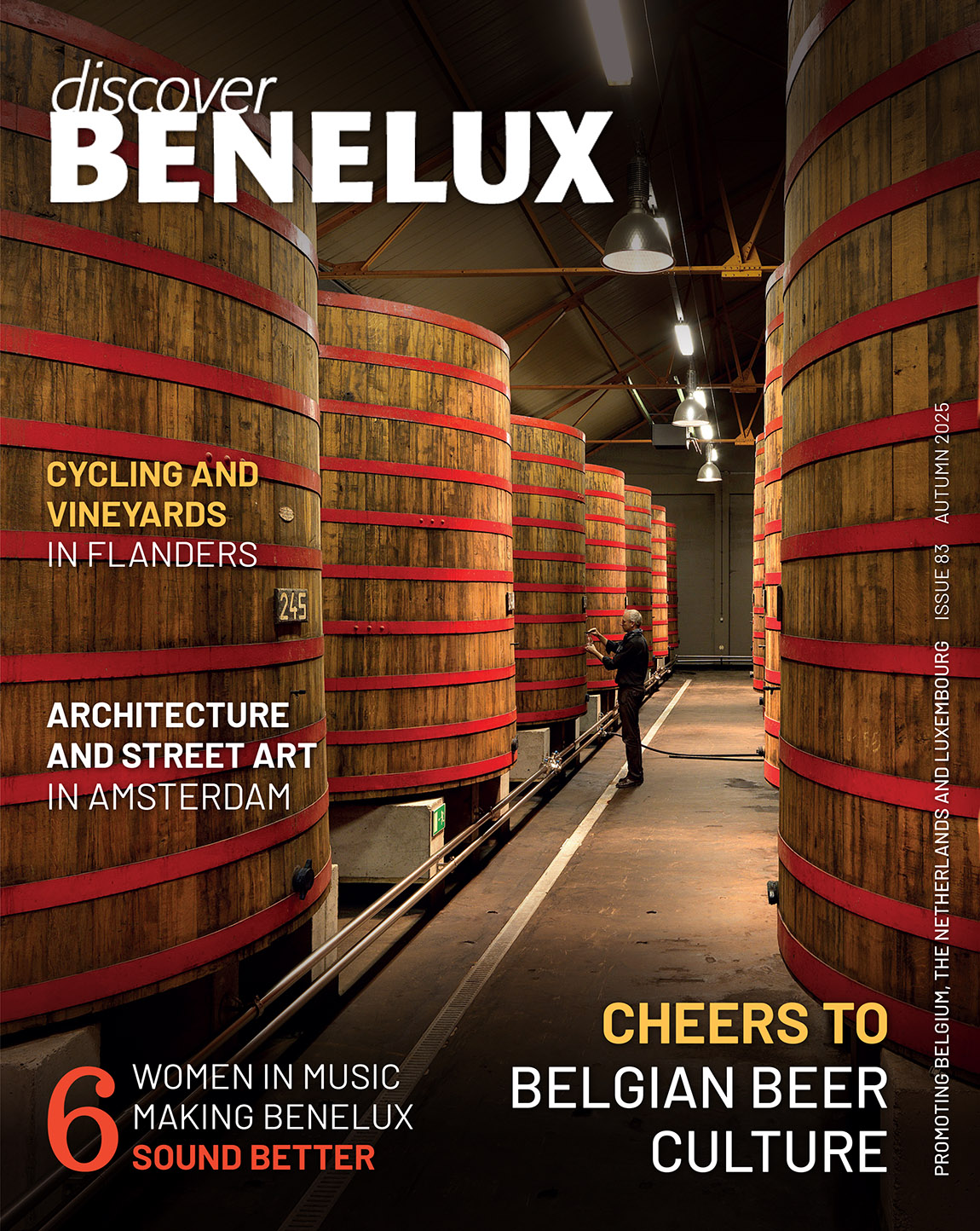Utrecht: Unexpected city of marvels

After last month’s uncovering of Ghent, Belgium’s hidden gem, we continue with an underrated but fantastic city in the Netherlands: Utrecht. With thousands of years of history, spectacular sights, compelling attractions and a bustling city centre, it is the perfect destination for a city break, without having to dodge hordes of tourists.
Located at the heart of the Netherlands, Utrecht is only 40 kilometres from Amsterdam, or half an hour by train. With 320,000 inhabitants it is also home to a growing number of young people with one of the country’s major universities. Thanks to the large covered shopping area of Hoog Catharijne and the cosy boutiques along the Twijnstraat, there are also plenty of opportunities to pick up a bargain.
Utrecht through the ages
The history of Utrecht began two centuries ago when the Romans built a fortress in 47 AD. This ‘castellum’ called Trajectum was constructed where the Dom Tower stands today, which is Utrecht’s most important landmark and the highest church tower in the country. Around 700, the influential Roman Catholic missionary Willibrord built a cathedral and laid the foundation for Utrecht to become a religious centre. In medieval Europe, it was one of the most influential seats of power for the Roman Catholic Church and in the 16th Century the first (and only) Dutch pope, Adriaan Floriszoon Boeyens, came from Utrecht. During the 11th and 14th centuries a Network of canals was dug and Utrecht became the Netherlands’ most important city (until it was overtaken centuries later by Amsterdam). As much of the old city still intact and the centre is compact and easy to navigate by foot, we embarked on a walking tour to learn more of Utrecht’s past and present. First we head outside the former city walls and walk towards the Railway Museum, which is housed in a former train station. Our guide, Jitte says: “Soon these streets will be lined with Tour de France spectators for the Grand Départ as the first time trial will go past here.” Winding our way through little streets and hidden Squares we arrive at the Ganzenmarkt, where heavy merchandise like wine barrels were lifted out of the ships by a giant crane, and rolled up a tunnel passage towards the weigh houe. Nothing remains of the crane, but the tunnel is still open to the public.
A luxury castle at its best
We pass by the victorian façade of the Winkel van Sinkel location with its cast iron caryatids, famous for being the first Dutch department store chain. Hungry from the morning walk, we settle down for lunch at Stan & Co and then head to our next destination: De Haar Castle. Located just west of Utrecht, the neogothic De Haar was completely rebuilt in the late 19th century as a luxury castle, partly funded by baroness and Rothschild heir Hélène. We’re taken on a special cuisine themed tour, with our first stop: the kitchen. It is equipped with what were at the time hyper modern facilities. From selfrotating meat spits above the fire place, to instant hot water taps and built-in Soup and sauce heaters. In the richly ornamented dining room we learn about the nobility’s social dinner rules and strict seating orders. After a brief glance in the impressive main hall, we end the tour in the ballroom. Here we see one of the castle’s main showpieces, an original 18th century Japanese carrier coach for the woman of a Shogun. Only one other remains in the world, in Tokyo. The dark wood is richly decorated with bronze and lacquer and the seat is completely enclosed, as the general public was not allowed to see the women inside. After the tour we go for a quick walk around the gardens and then jump in the taxi.
Dining in a historic cellar
Back in Utrecht it’s time for dinner at therestaurant Den Draeck, which is located alongside the Oudegracht, or old canal, in one of the old wharf cellars. It serves modern Dutch cuisine with an old Utrecht flavour, which seems very fitting in the setting. The complex of canals, wharves and cellars in Utrecht is unique in the world. In the Middle Ages, the waterways were the primary form of transport. With the Canals being several feet below street level, all the goods had to be hoisted from ship to shore, carried across the street, only to be lowered again into the storage cellars below the houses. To ease this cumbersome process, little tunnels were dug straight from basement to quayside, passing underneath the public streets. Over time the tunnels were widened and the cellars extended to form Utrecht’s characteristic, deep barrel vaulted wharf cellars. By the 16th century virtually the entire two kilometre stretch of the Oudegracht was occupied by them. In the last century, water transport went out of use but the 731 wharf cellars remain. After extensive restoration works, many are in use again today, but now as boutiques and restaurants such as Den Draeck. In the summer, outdoor terraces line the quaysides, making the Oudegracht once Again the vibrant heart of the city. After a great meal in this historic setting, we retire for the evening.
Going underground
Feeling refreshed after a night at the Court Hotel, we head to the Dom, at only a stone’s throw away. There we get a guided tour of one of Utrecht’s newest attractions, DOMunder, which opened a year ago. DOMunder is located underneath the Dom Square. We descend the stairs and start the experience by watching an animated film on the Dom’s dramatic history. The story wizzes through the ages and recounts the terrible events in 1674 when a tornado tore through the area, devastating everything in its way including the gothic Dom church. While the tower was miraculously spared, the main nave completely collapsed. The rubble wasn’t actually cleared for 150 years, and for decades the ruins lay as a shrine to the catastrophe. From 1875 the Dom complex was thoroughly renovated and a new entrance opened the tower up to modern tourism. After the film we’re shown a semi dark room, where the old Church foundations loom in front of us. Armed with a torch we explore the archeological relics. Connected to a headset, the torch has a special motion sensor so every time you shine the light on an artefact it triggers an audio story. There are dozens scattered around the site and it feels like a true discovery tour as we learn about the Roman brick foundations, medieval pottery and the ancient coins found here.
Panorama of Utrecht
Afterwards we go next door and enter the 600 year old tower itself. The medieval design certainly didn’t leave room for lifts, so we are left to our own two feet to get to the top, 112 metres high. The climb starts easily enough, but soon the wide steps make way for increasingly narrow spiral stairs. After passing several levels where we stop briefly for a chat from the guide Roos, we arrive at the bel house. Here she chirpily talks us through the different sounds and sizes. The largest bel, christened Salvator, is two metres wide, weighs over 8,200 kilos and of course demands a demonstration. As we all cover our ears Roos gives a swing with a hammer and we can feel the bell’s vibrations shiver through our spines. “This was heard throughout Utrecht,” she says. With a deep breath we continue our uphill conquest. After landing on the carillon level there is only a short way to go. It is also the most treacherous part, as the walls of the winding staircase are just a shoulder widthapart. But the fantastic view and feeling of accomplishment were certainly worth it, having ascended all 465 steps. From here we can also see the coloured cobbles of the Dam Square below, marking the outlines of the church nave that once stood here. On a clear day, we’re told you can see as far as Amsterdam. Not quite that lucky, we nevertheless gratefully take in the panorama before making our way down again.
The Netherland’s most cheerful museum
After a quick coffee break at nearby café Graaf Floris we head on to Museum Speelklok, which is dedicated to ‘self-playing instruments’. As our guide Ruben explains, these require three parts, a part that make a sound, a part the dictates the melody and a power source. The museum has an extensive collection of music boxes, melodic clocks and several of the typically Dutch street organs, many of which still work. As a demonstration of this, Ruben activates a small hanging carillon which is powered by weight. The instrument springs into action and plays a cheerful song which resonates through the Church building, where the museum is housed. We move on to several standing clocks that play intricate melodies but we are really fascinated by a small, stuffed nightingale on a box from the late 19th century. When Ruben turns the handle, the mechanical bird bursts into a song complete with beak and wing movements. The sound is created by tiny windpipes in the box. “This way people could make sure their bird would only play their favourite melodies,” he says. Next we see a variety of barrel organs. One is nicknamed ‘the goat’ because “they attempted to imitate the human singingvoice, but didn’t get it quite right,” laughs Ruben. Another has a full circus of moving figures built around the organ that spring to life with the music. Then we’re taken to what appears to be a normal piano, but at the touch of a button it starts playing itself, as if a ghost is playing. To finish the tour we’re taken to a 1930s dance organ, De Schuyt. Ruben says: “It was built for outdoor fairs so it had to be loud enough to drown out the crowds. It’s claimed to be the loudest street organ around.” After hearing the machine bellow its tones, we conclude that is probably true. We then head for a quick final drink near the almighty Dom Tower before collectingour bags from the Court Hotel and making our way back to station. After a quick train ride to Hoek van Holland, we catch the overnight Stena Line ferry and have a delicious last meal on board before retreating to our cabin to wake up back in England the next morning.
Text: Myriam Gwynned Dijck | Photos: Toerisme Utrecht
Subscribe to Our Newsletter
Receive our monthly newsletter by email





